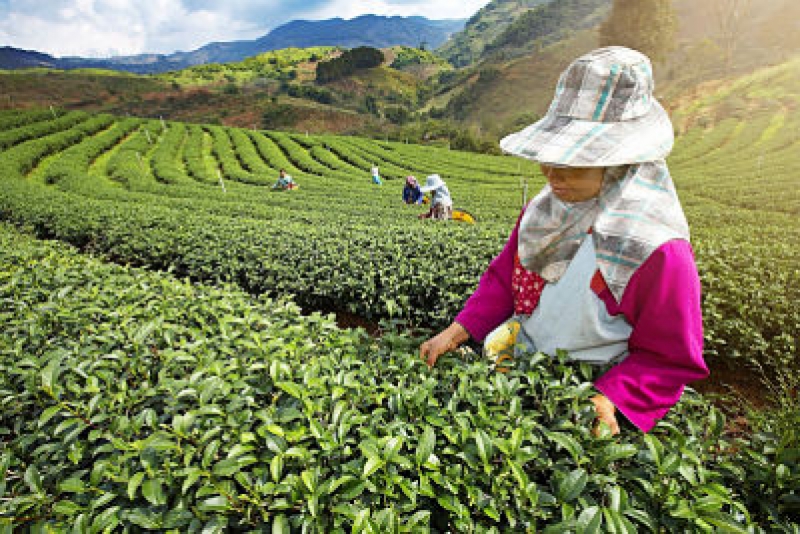




Food security is a complex, multi-faceted word attached with various meanings, and yet the bottomline is clear: Food for all. But how do we quantify and qualify food for all?
The Food and Agriculture Organization (FAO) has set four indicators of food security: availability (sufficiency of food on a consistent basis), access (ability to obtain appropriate food), utilization (appropriate use of food), and stability (access of food at all times with no risk of losing access due to sudden events). At the global level, the United Nations has expressed optimism at how the world has achieved great leaps in reducing food scarcity. Is it the same for the Lower Mekong Region where agriculture remains the primary driving force of the countries’ economies?
Cambodia and Lao PDR, for example, have experienced great leaps in their agricultural productivity over the years. But while both countries have achieved self-sufficiency in rice production, poor households remain poor, their purchasing power low enough that they are unable to access other food products that will provide the requisite nutrients. More investments that will improve agricultural infrastructure, such as irrigation, are still needed as farmers have not fully achieved maximum productivity.
Myanmar, for its part, is at the cusp of a new era where both investments and aid continue to come in, opening doors and opportunities for its economy to grow. However, agricultural development has been slow compared to the country’s other sectors. Price spikes in the domestic market, even for rice of which surplus is produced for export, also affect households’ ability to purchase food. This gravely impacts nutritional levels especially of poor households.
Vietnam and Thailand are, by far, the most self-sufficient in food production among the LMR countries. On the whole, there is enough food to go around for everyone, but studies have revealed that there remain cases of food insecurity in certain areas and among select groups, particularly ethnic minorities.
Indeed, it seems important to note now that self-sufficiency in production, particularly of one specific crop, does not automatically translate to food security. In any household, families should be able to eat not just rice and have access to other food sources that will provide the needed nutrition.
The impact of the changing climate on the region’s agricultural sector cannot also be discounted. Countries in the LMR – even Thailand – have to contend with longer bouts of drought and more intense flooding during the rainy season. Strategies such as climate-smart agriculture that are designed to counter the impacts of climate change and build better resiliency are now strongly being advocated.
It is vital then that food security and the notion of “food for all” be viewed in a larger and broader perspective. It goes beyond self-sufficiency in production. It certainly looks beyond the now as countries in the LMR have to consider how much of their agricultural activities need to change given current and future natural and environmental phenomena. It is more than ensuring that there is enough food; it is also about making sure that all sectors have the capacity to access all the food available.
Most importantly, the LMR’s food security condition also underscores the equally important challenge of enhancing the exchange and sharing of knowledge and information among the five countries. As countries that share borders and the Great Mekong River, opportunities exist for greater collaboration among the key players in the food security and agriculture sector in sharing agricultural technologies and best practices. It is hoped that there will be enhanced partnerships in national initiatives, and more sharing of resources so that national developments will translate to regional gains.